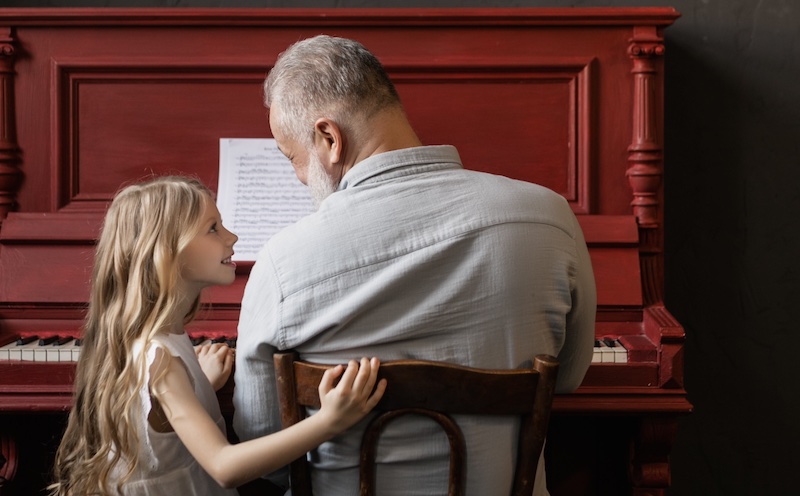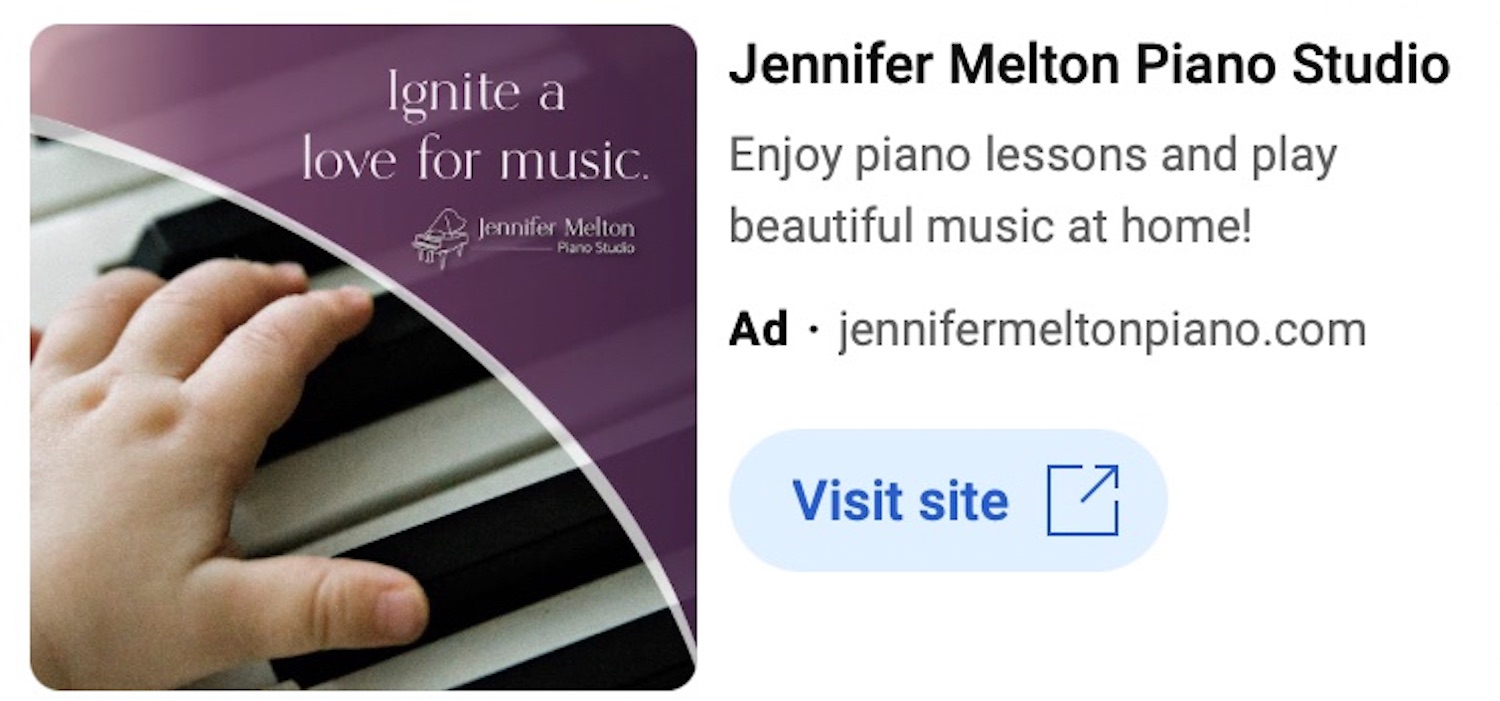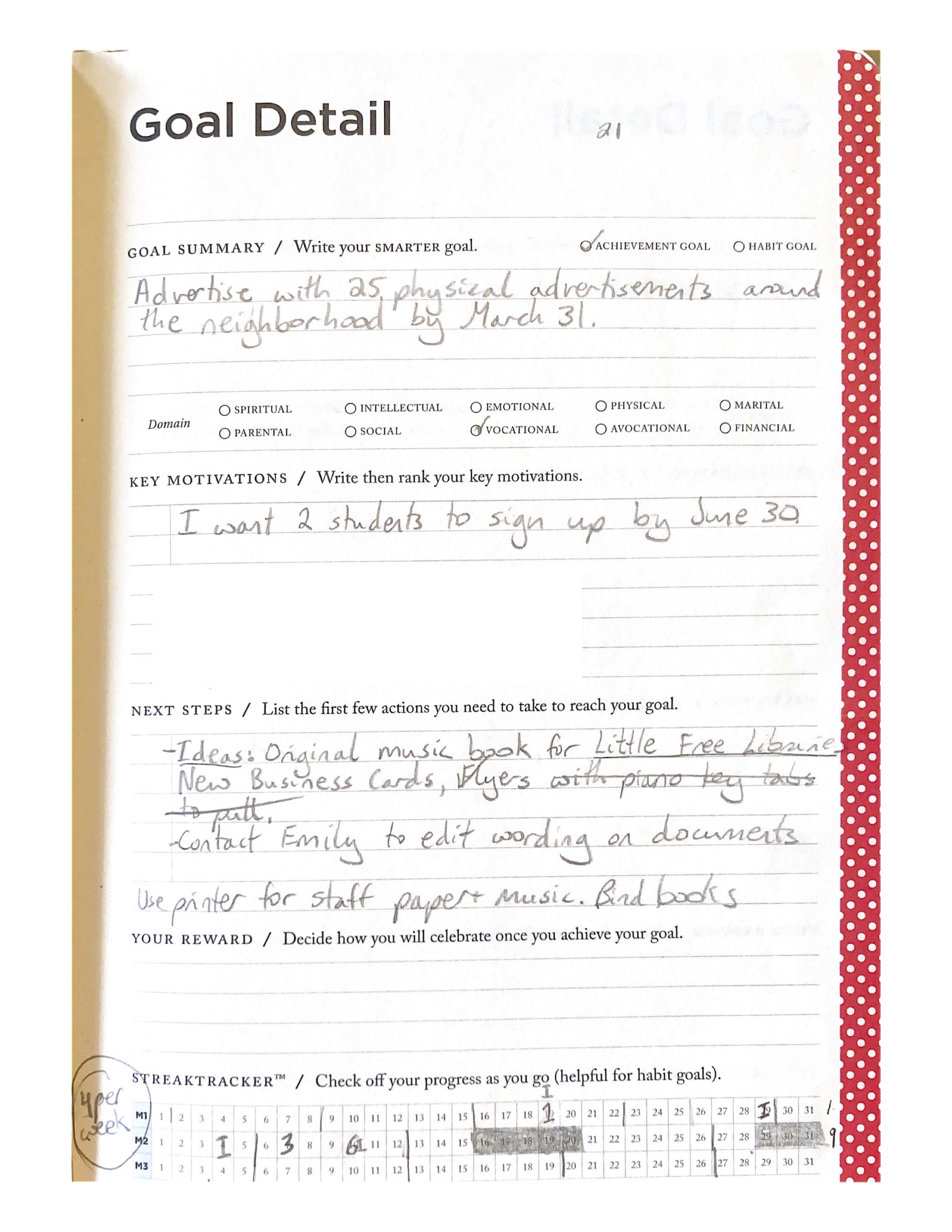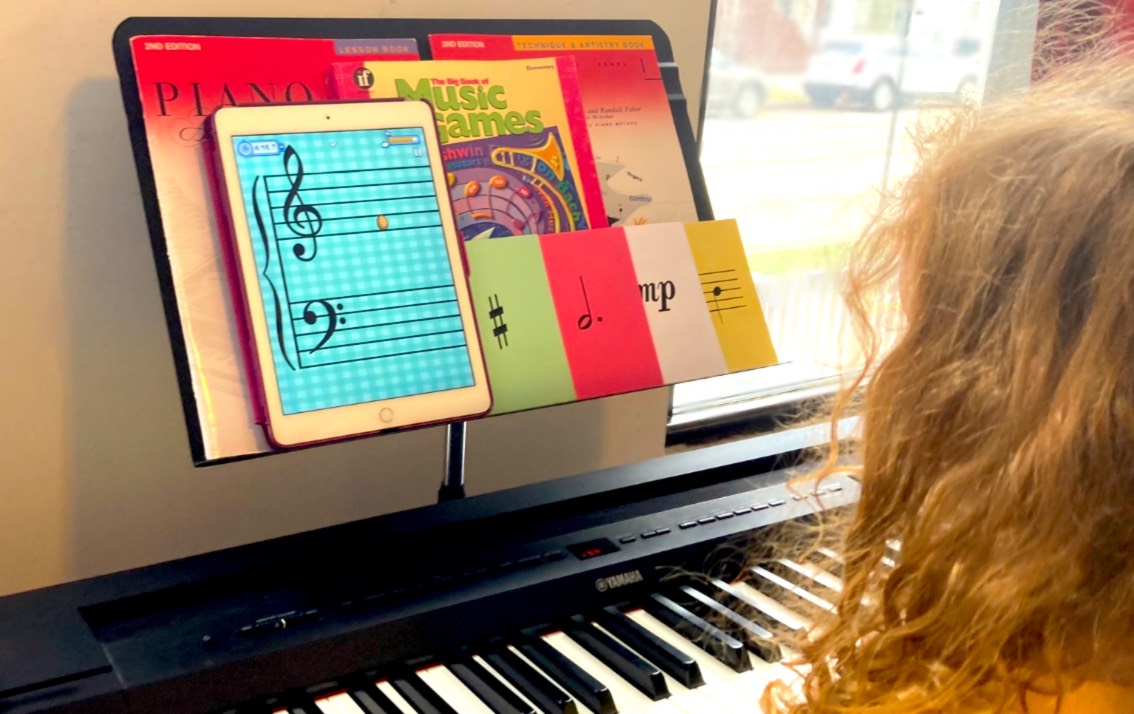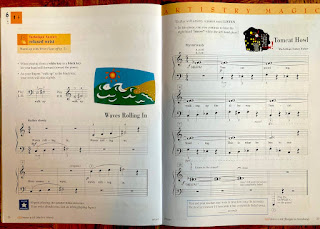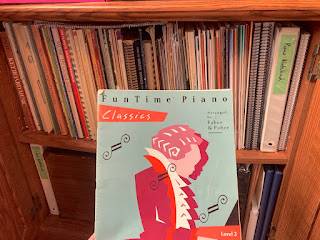👩🏼💻 Music Theory Exercises for Primer
I have created customized online exercises and quizzes corresponding to each unit of Piano Adventures Basic Method Primer Level.
If you are using a different method, please refer to this Correlation Chart from PianoAdventures.com.
Piano Adventures Primer Exercises
Unit 3
🔤 🎹 Keyboard Letter Names C-D-E
🔤 🎹 Keyboard Letter Names F-G-A-B
🔤 🎹 Keyboard Letter Names All White Keys
🔤 🎹 🤔 Keyboard Letter Names Quiz Mode
Unit 4
🔤 🎼 ⚓️ Note Names (Middle C, Bass F, Treble G) - Anchor Notes
🎹 🎼 ⚓️ Keyboard to Note Matching (Middle C, Bass F, Treble G) - Anchor Notes
Unit 5
🔤 🎼 Note Names from Middle C to Treble G (with helpers)
🎹 🎼 Matching Keyboard from Middle C to Treble G
Unit 6
🔤 🎼 Note Names Bass F to Treble G (with helpers)
🔤 🎼 Note Names Bass F to Treble G (without helpers)
🎹 🎼 Matching Keyboard to Note Bass F to Treble G (without helpers)
Unit 8
🔤 🎼 Note Names - Bass C up to Treble G (with helpers)
🔤 🎼 Note Names - Bass C up to Treble G (without helpers)
🎹 🎼 Matching Keyboard to Note - Bass C up to Treble G (with helpers)
🎹 🎼Matching Keyboard to Note - Bass C up to Treble G (without helpers)
Final Challenge Mode
🎼 🎹 🤔Matching Keyboard to Note - Bass C up to Treble G
--
Source: https://www.musictheory.net/
Companion Apps
$4.99 Tenuto
$2.99 Theory Lessons



